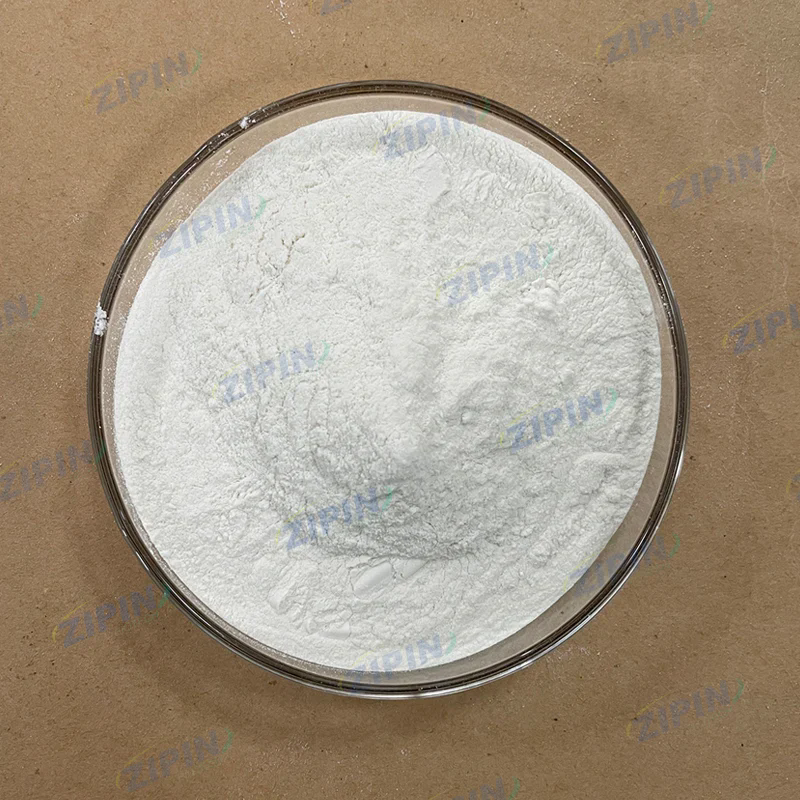What Are Colloids and How Do They Impact Our Daily Lives?
2024-12-30
Have you ever wondered how everyday products like milk, paint, or even your favorite shampoo stay mixed together without separating? The answer lies in a fascinating group of substances known as colloids. But what exactly are colloids, and how do they affect the products and processes we encounter every day? In this blog, we'll delve into the science of colloids, explore their types, and highlight their importance in both nature and industry.
What Are Colloids?
A colloid is a mixture where one substance is dispersed evenly throughout another, but unlike in solutions, the dispersed particles are larger—typically between 1 nanometer and 1 micrometer in size. These particles are small enough that they don't settle out of the mixture, but large enough that they are not considered molecules or ions. Colloidal particles can be made up of solids, liquids, or gases and are dispersed in a medium (solid, liquid, or gas). The key feature of colloids is their ability to remain suspended in the medium, which is what differentiates them from solutions where the solute fully dissolves.
Some common examples of colloidal systems include:
- Milk: A colloidal dispersion of fat globules in water.
- Paint: Pigments dispersed in a liquid medium.
- Fog: Water droplets suspended in air.
- Gel: A solid network dispersed in liquid.
How Do Colloids Work?
Colloids are all about the size of their particles and how they interact with the medium in which they are dispersed. The particles in a colloid do not dissolve or separate out over time, which is why products like milk or mayonnaise stay stable without settling. This is due to the Brownian motion, where the particles are in constant, random motion, preventing them from clumping together.
Additionally, colloidal particles often have electrical charges on their surfaces, which helps keep them dispersed. In some colloids, like paints or creams, stabilizers are added to prevent the particles from aggregating. These stabilizers form a protective layer around the particles, maintaining the uniformity of the colloid.
Types of Colloids
Colloids come in various forms, depending on the phase (solid, liquid, gas) of the dispersed particles and the dispersion medium. Here are some of the main types of colloids:
1. Aerosols: Solid or liquid particles dispersed in a gas. Examples include fog, smoke, and spray deodorants.
2. Foams: Gas particles dispersed in a liquid or solid medium, such as whipped cream or marshmallows.
3. Emulsions: Liquid particles dispersed in another liquid, like mayonnaise or salad dressing.
4. Gels: Solid particles dispersed in a liquid medium, like jelly or gelatin.
5. Sol: Solid particles dispersed in a liquid medium, such as ink or paint.
6. Solid Emulsions: A solid dispersed in a liquid, as seen in butter or certain cosmetics.
Why Are Colloids Important in Our Everyday Life?
Colloids are all around us, and their unique properties make them essential in a wide range of products and applications. Here's how they impact our daily lives:
1. In the Food Industry
Colloids are heavily used in food products, where they improve texture, appearance, and stability. Mayonnaise, for example, is a colloid where oil droplets are dispersed in water, stabilized by egg yolk. Ice cream uses colloidal dispersions to maintain its creamy texture, while whipped cream is another example of a foam colloid. Even the food coloring used in candy or beverages often relies on colloidal properties to ensure even distribution without separation.
2. In Medicine
Colloids play a significant role in the pharmaceutical industry. Colloidal drug delivery systems are used to improve the absorption and effectiveness of certain medications. Colloidal dispersions of nanoparticles, such as those found in liposomes or micelles, help deliver drugs more effectively to targeted areas in the body, improving treatment outcomes. IV fluids often use colloidal solutions to replace lost fluids and maintain blood volume.
3. In Cosmetics and Personal Care Products
Many personal care products, such as shampoos, lotions, and moisturizers, are colloidal systems. These products rely on colloidal dispersions of oils, waxes, and other compounds in water to maintain their texture and stability. Sunscreen is another example, where active ingredients are dispersed in a colloidal form to provide better coverage and effectiveness.
4. In the Environment
Colloids play a crucial role in natural systems. Soil and water often contain colloidal particles that help bind nutrients or pollutants, affecting how contaminants are transported through the environment. The ocean also contains colloids, where microscopic particles like clay or organic materials are suspended in water, influencing ocean chemistry and ecosystems.
5. In Industry
Colloids are key components in several industrial processes. For example, in paint production, the pigments are colloidal dispersions that allow for smooth application and long-lasting finishes. Lubricants and adhesives also use colloidal systems to maintain consistency and performance. Textile manufacturing often relies on colloidal dispersions for dyeing fabrics evenly.
What Makes Colloids Special?
The versatility of colloids is truly remarkable. They allow for the creation of stable, uniform mixtures without the need for the complete dissolution of particles. Their properties, like viscosity, stability, and texture, can be tailored to suit the specific needs of a product, making them indispensable in industries ranging from food production to pharmaceuticals and beyond.
Moreover, colloids are not just confined to products but also occur naturally in biological processes and the environment. From the blood in our veins (which contains colloidal plasma) to the clouds above us (which are essentially colloidal suspensions of water droplets), colloids are an essential part of life on Earth.
Conclusion
Colloids are much more than just scientific curiosities; they are fundamental to the products we use, the processes we depend on, and the natural systems that sustain life. Whether you’re enjoying a smooth cup of coffee, applying sunscreen on a sunny day, or simply washing your hands with liquid soap, colloids are working their magic. Their unique properties make them invaluable in countless applications, and as we continue to explore their potential, it’s clear that colloids are here to stay, shaping industries, improving products, and enhancing our daily experiences.



